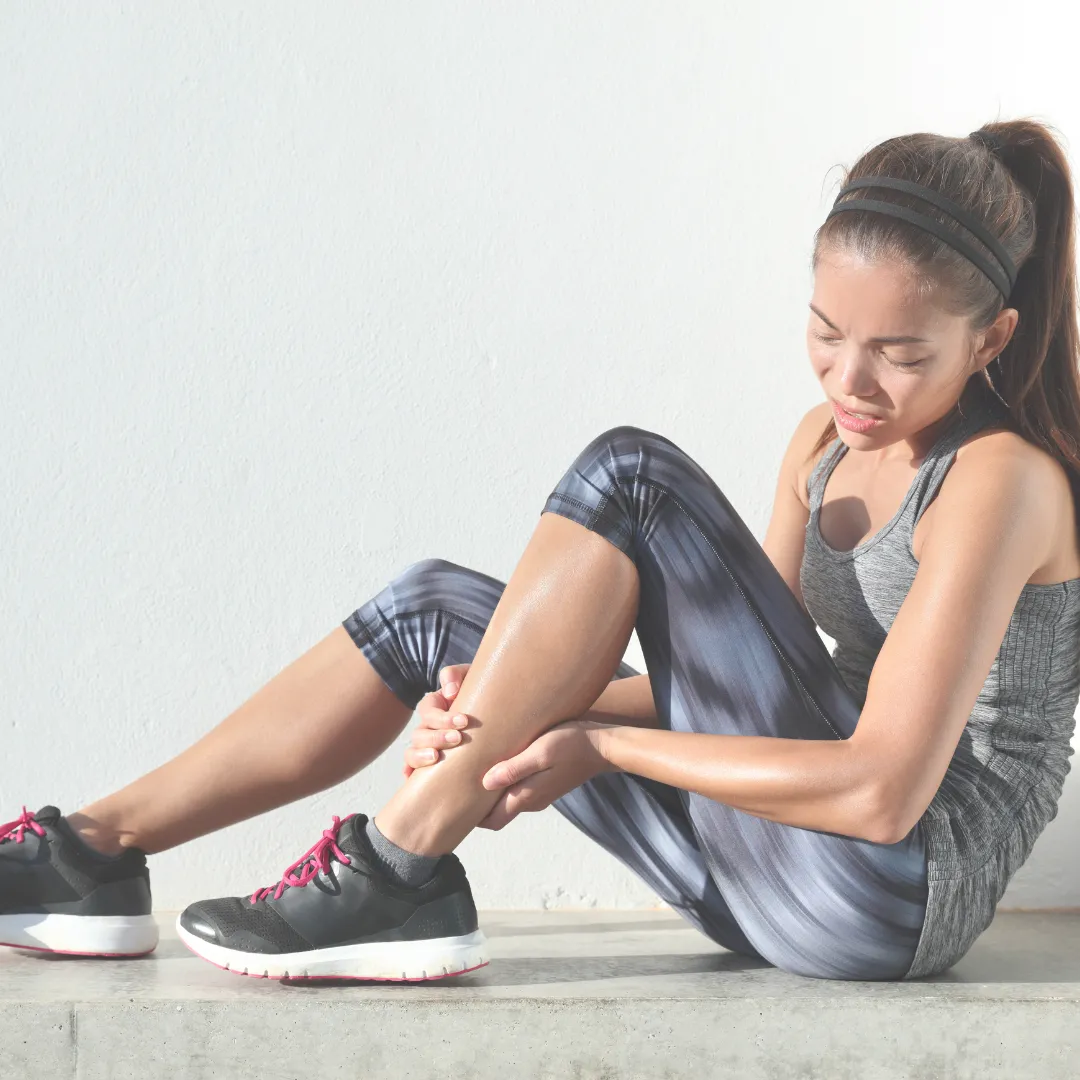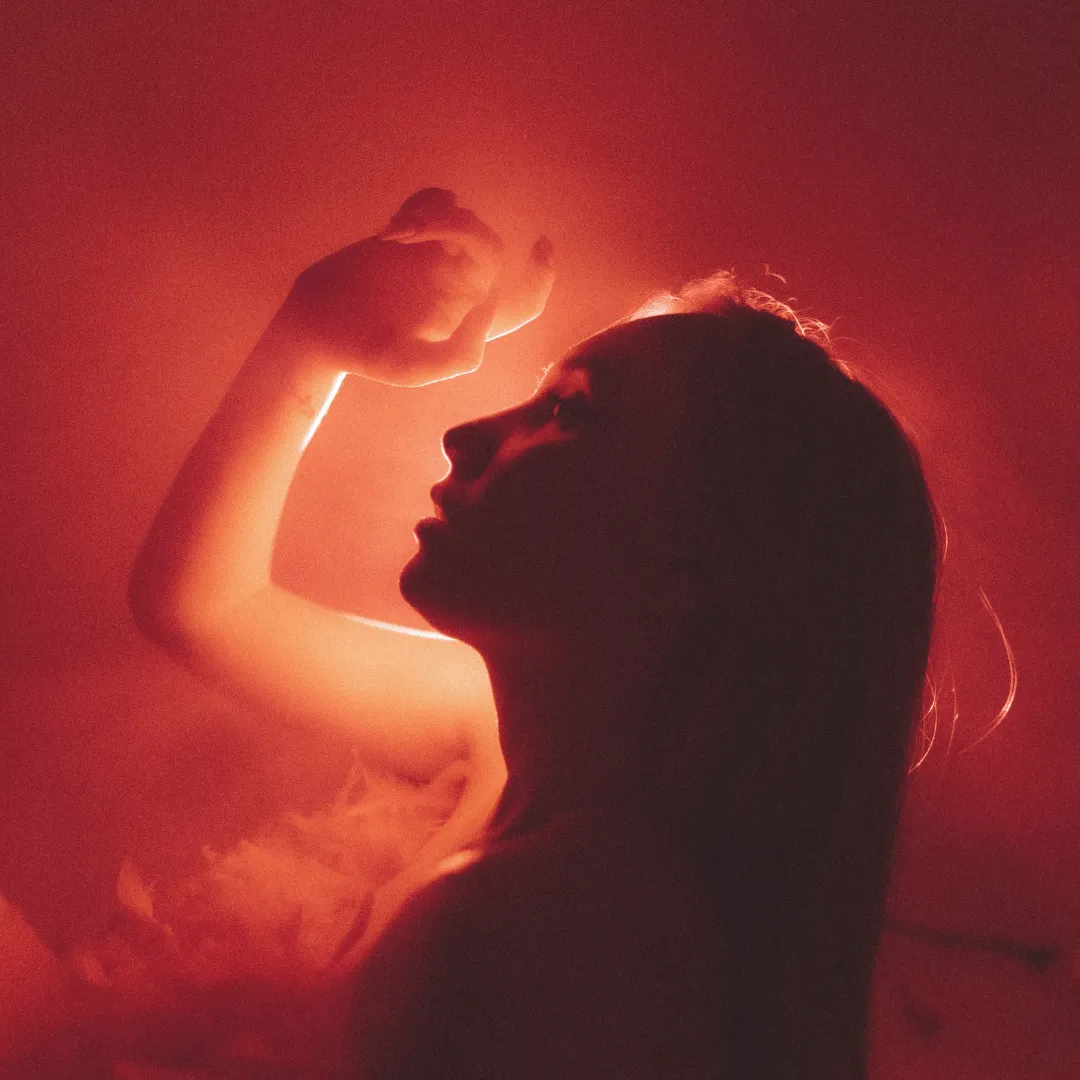The Ultimate Recovery Stack: Compression, Contrast, Red Light, and Biofield Therapy
Are you short on time but long on soreness?
The modern approach to recovery is not a two-hour spa day. It is a specific “stack” of modalities. This method combines quick compression, hot and cold contrast therapy, targeted red or near-infrared light, and a biofield down-shift. The goal is to ensure your nervous system actually retains the benefits.
This is a guide on what each component does, how to layer them into 30, 45, or 60-minute sessions, and who benefits most.
What is the Recovery Stack?
The recovery stack consists of four distinct modalities designed to work together.
Compression (Boots or Garments): This involves rhythmic squeeze and release cycles to nudge circulation. It helps tame that heavy feeling in the legs.
Contrast or Cold Therapy: This includes warm to cold cycles or a straight cold plunge. It provides a temperature jolt that takes the edge off Delayed Onset Muscle Soreness (DOMS) and next-day sluggishness.
Red and Near-IR Light (PBM): This is a short, targeted dose of light therapy. It acts more as a recovery helper than a source of magic performance gains.
Biofield Realignment (Non-Medical): This is a brief, closed-loop energetic session. It is designed to calm sympathetic nervous system spillover so you sleep better and bounce back faster.
The Vibe Check: You are not biohacking just for bragging rights. You are stacking small, evidence-informed wins that add up to significant relief.
The Science: Why Athletes and Wellness Pros Use This Stack
Understanding the “why” behind the stack helps manage expectations.
Compression: When used correctly, compression can ease perceived soreness and blunt the drop in strength that follows fatigue. It is a helpful nudge between events or heavy training days.
Cold and Contrast: These reliably help with DOMS. If muscle growth (hypertrophy) is the primary goal for the day, schedule cold therapy away from your heaviest lifting sessions.
Red and Near-IR Light: This technology shines for improving soreness and function at the 24 to 48-hour mark rather than for immediate race-day performance.
Biofield Finish: This is the calm that makes the recovery stick. After stressful modalities like heat, cold, or hard sets, a short energetic down-shift helps you “land the plane.” This improves physiological readiness and sleep quality.
TL;DR: These modalities offer small to moderate practical effects. These benefits multiply when you stack them intentionally.

Who Should Use This Recovery Stack?
This stack is a great fit if you are:
Turning athletes around quickly for tournaments or back-to-back games.
Running a wellness center and want high-satisfaction services that last 30 to 60 minutes.
A corporate professional or fitness enthusiast who needs relief from soreness and better sleep.
Think twice or get medical clearance if you have:
Cardiovascular disease or uncontrolled hypertension (specifically for cold or contrast therapy).
A history of DVT, acute injury, open wounds, or active skin infection (specifically for compression).
Photosensitive conditions or are taking photosensitive medications (specifically for light therapy).
Any medical device or pre-existing condition. Always get your clinician’s approval first.
Note: Thera’s 5-in-1 Biofield Technology is a non-medical wellness modality. It makes no diagnosis or treatment claims.
3 Protocols: How to Build Your Recovery Stack
Choose your stack based on your available time budget.
1. The 30-Minute Express Flush
Best for: Between events, lunch breaks, or team rooms.
Compression Boots (15 to 20 min): Use comfort-high pressure and monitor sensation.
Targeted Red/NIR (5 to 8 min): Focus on the sorest area.
Biofield ANS Down-shift (5 min): Keep lights low.
Coach’s Note: Add a 5 to 10-minute easy spin or walk if time allows.
2. The 45-Minute Contrast and Calm
Best for: Same-day soreness control and evening resets.
Contrast Water (3 cycles): 3 minutes warm followed by 3 minutes cold.
Red/NIR (8 to 12 min): Target quads, hamstrings, or specific pain points.
Biofield Stress Reduction (7 min): Perform in a quiet room.
Pro Tip: Log soreness on a scale of 0 to 10 before and after the session to demonstrate value.
3. The 60-Minute Infrared and Reset
Best for: “Sleep better tonight” packages.
Infrared Sauna (15 to 20 min): Keep intensity easy and focus on nasal breathing.
Compression (10 to 15 min): Use moderate pressure.
Red/NIR (10 min): Targeted application.
Biofield Sleep Support (10 min): Use dim or red light only.
At-home Cue: Avoid screens after this session to protect the win.

Operator Playbook: For Wellness Center Owners
If you run a facility, follow these guidelines to maximize revenue and client satisfaction.
Bundle over Single: Sell stacks rather than single services. A simple triad of Contrast, Red Light, and Biofield lifts Average Order Value (AOV) and perceived results.
Throughput Math:
30-min Express: Approximately 1.7 clients per hour per station.
45-min Contrast: Approximately 1.2 clients per hour per station.
KPIs to Track: Track session Net Promoter Score (NPS), 24-hour DOMS reduction, 24-hour readiness scores, and rebook rates. If available, track AM HRV trends for athlete clientele.
Staff Scripts: Set expectations by saying, “You will feel lighter now, and even better by tomorrow.” Flag the caveat regarding cold therapy after hypertrophy training. Remind clients of sleep and hydration basics.
Athlete Corner: Fast-Turn Mini-Protocols
Between Heats (15 to 20 min window)
5 minutes of easy spinning with nasal breathing.
8 to 12 minutes of compression or a cold rinse at a tolerable temperature.
3 to 5 minutes of Biofield ANS down-shift.
Fuel and fluids. Do not skip this step.
Night Before Day Two
Warm shower followed by light mobility work.
Short infrared session or gentle stretching.
Biofield Sleep Support (10 to 15 min).
Turn devices down 60 minutes before bed.

Frequently Asked Questions (FAQs)
Cold plunge or contrast therapy. What is better?
Both help significantly. Contrast therapy often edges out recovery markers in reviews, while the cold plunge is the simplest to implement. Choose based on your gear, goals, and client tolerance.
Does red light boost performance?
It does not reliably boost performance on race day. Think of it as a tool for recovery. It leads to less soreness and better function tomorrow, not “free speed” today.
Compression. Boots or garments?
Boots offer great perceived relief and are easy to standardize in a facility. Garments are fine for take-home use and post-class add-ons. Fit and pressure matter more than brand hype.
Where does Biofield fit in the stack?
It fits at the end or between hard blocks to calm the nervous system. It is the “seal the session” moment that helps the stack carry benefits into sleep and next-day readiness.
The Bottom Line
You do not need a lab to recover like a pro.
Simply stack one circulatory nudge (compression), one temperature nudge (contrast or cold), one tissue nudge (red/NIR), and one nervous-system nudge (biofield).
Finally, protect your sleep. Small wins, when layered well, feel like a major upgrade.
Scientific References and Further Reading
The protocols and benefits outlined above are supported by current research in sports science and integrative physiology. Below is a selection of key studies supporting the mechanisms of compression, temperature therapy, and light therapy.
1. Compression and Muscle Recovery
Brown, F., et al. (2017). Compression Garments and Recovery from Exercise: A Meta-Analysis. Sports Medicine. This review supports the claim that compression effectively reduces perceived muscle soreness and creatine kinase levels following strenuous exercise.
Marquési, M., et al. (2021). The Effects of Pneumatic Compression on Recovery. Journal of Strength and Conditioning Research. Highlights the benefits of rhythmic compression (boots) for enhancing blood flow and reducing subjective fatigue.
2. Contrast Water Therapy and Cold Plunges
Versey, N. G., et al. (2013). Water immersion recovery for athletes: effect on exercise performance and practical recommendations. Sports Medicine. Validates contrast water therapy as a leading modality for reducing neuromuscular fatigue.
Roberts, L. A., et al. (2015). Post-exercise cold water immersion attenuates acute anabolic signalling and long-term adaptations in muscle to strength training. The Journal of Physiology. This is the critical study supporting the “hypertrophy caveat” referenced in the article. It suggests avoiding cold immediately after muscle-building sessions.
3. Photobiomodulation (Red/Near-IR Light)
Ferraresi, C., et al. (2016). Photobiomodulation in human muscle tissue: an advantage in sports performance and recovery. Journal of Biophotonics. detailed evidence on how red/NIR light aids in reducing inflammation and enhancing muscle recovery when applied before or after activity.
Leal-Junior, E. C. P., et al. (2019). Photobiomodulation Therapy: A Check-Up for the Next Decade. Laser Therapy. Discusses the optimal dosing windows for recovery versus performance.
4. Biofield and Nervous System Regulation
Jain, S., et al. (2015). Clinical Studies of Biofield Therapies: Summary, Methodological Challenges, and Recommendations. Global Advances in Health and Medicine. Provides an overview of biofield science and its role in modulating the autonomic nervous system and stress response.
Benson, H., et al. (1974). The Relaxation Response. Psychiatry. Foundational research supporting the physiological necessity of shifting from sympathetic (fight or flight) to parasympathetic (rest and digest) states for recovery.
Disclaimer:
This information is for educational purposes only and does not constitute professional medical advice. Always consult a healthcare professional before incorporating any new therapy into your practice.
Do you want to see all the updates?
👉 Follow us on Instagram and Facebook and never miss a thing!




